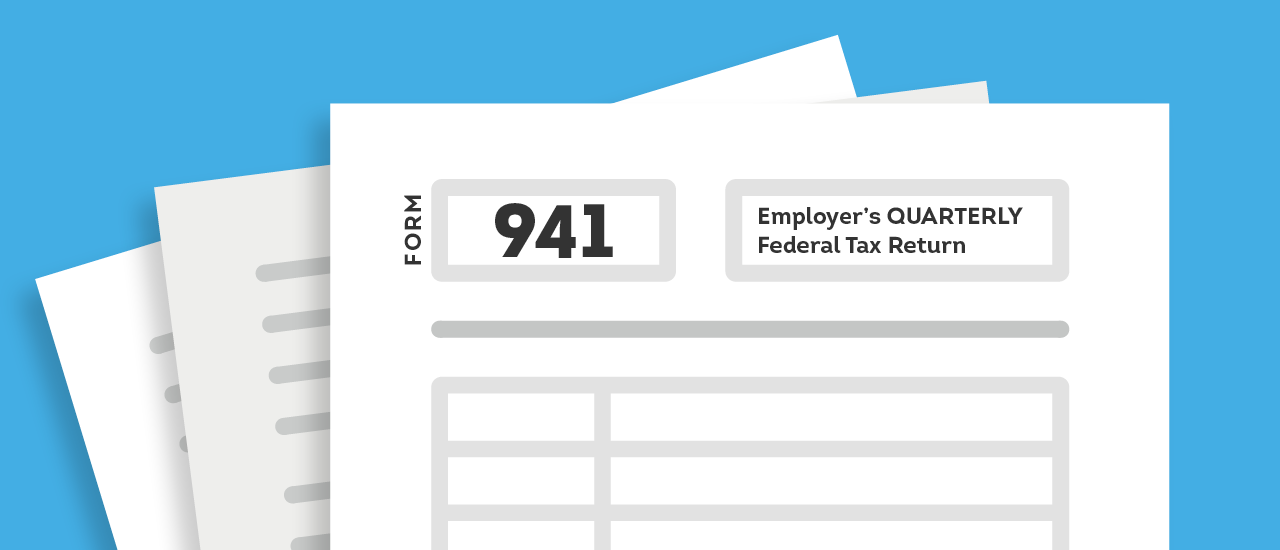IRS Launches Coronavirus Payroll Tax Credit Program

The federal government March 31 unveiled a tax credit program designed to help employers keep workers on payrolls during the coronavirus pandemic.
The Employee Retention Credit represents 50% of up to $10,000 in wages paid by an eligible employer whose business is financially impacted by COVID-19.
The refundable tax credit is available to all employers regardless of size, including tax-exempt organizations, with two exceptions—state and local governments and employers that accept small business loans.
Qualifying employers must fall into one of two categories:
- The employer’s business is fully or partially suspended by government order due to COVID-19 during the calendar quarter.
- The employer’s gross receipts are below 50% of the comparable quarter in 2019. Once the employer’s gross receipts go above 80% of a comparable quarter in 2019, they no longer qualify after the end of that quarter.
Credit Calculation
The credit applies to wages paid after March 12, 2020, and before Jan. 1, 2021.
Wages taken into account are not limited to cash payments, but also include a portion of the cost of employer-provided healthcare.
Qualifying wages are based on the average number of a company’s employees in 2019.
Qualifying wages are based on the average number of a company’s employees in 2019.
If the employer had 100 or fewer employees on average in 2019, the credit is based on wages paid to all employees, regardless if they worked or not.
If the employees worked full time and were paid for full time work, the employer still receives the credit.
If the employer had more than 100 employees on average in 2019, the credit is allowed only for wages paid to employees who did not work during the calendar quarter.
Reimbursement
Employers can seek immediate reimbursement by reducing their required deposits of payroll taxes withheld from employee wages by the amount of the credit.
Eligible employers will report their total qualified wages and the related health insurance costs for each quarter on their quarterly employment tax returns or Form 941, beginning with the second quarter.
If the employer’s employment tax deposits are not sufficient to cover the credit, the employer may receive an advance payment from the IRS by submitting Form 7200, Advance Payment of Employer Credits Due to COVID-19.
For more information, contact CBIA’s Eric Gjede (860.480.1784) | @egjede
RELATED
EXPLORE BY CATEGORY
Stay Connected with CBIA News Digests
The latest news and information delivered directly to your inbox.


